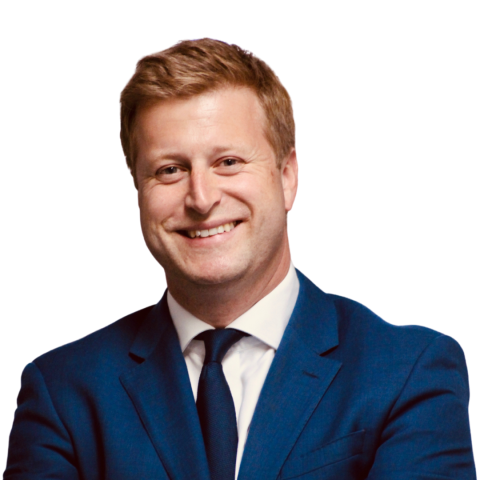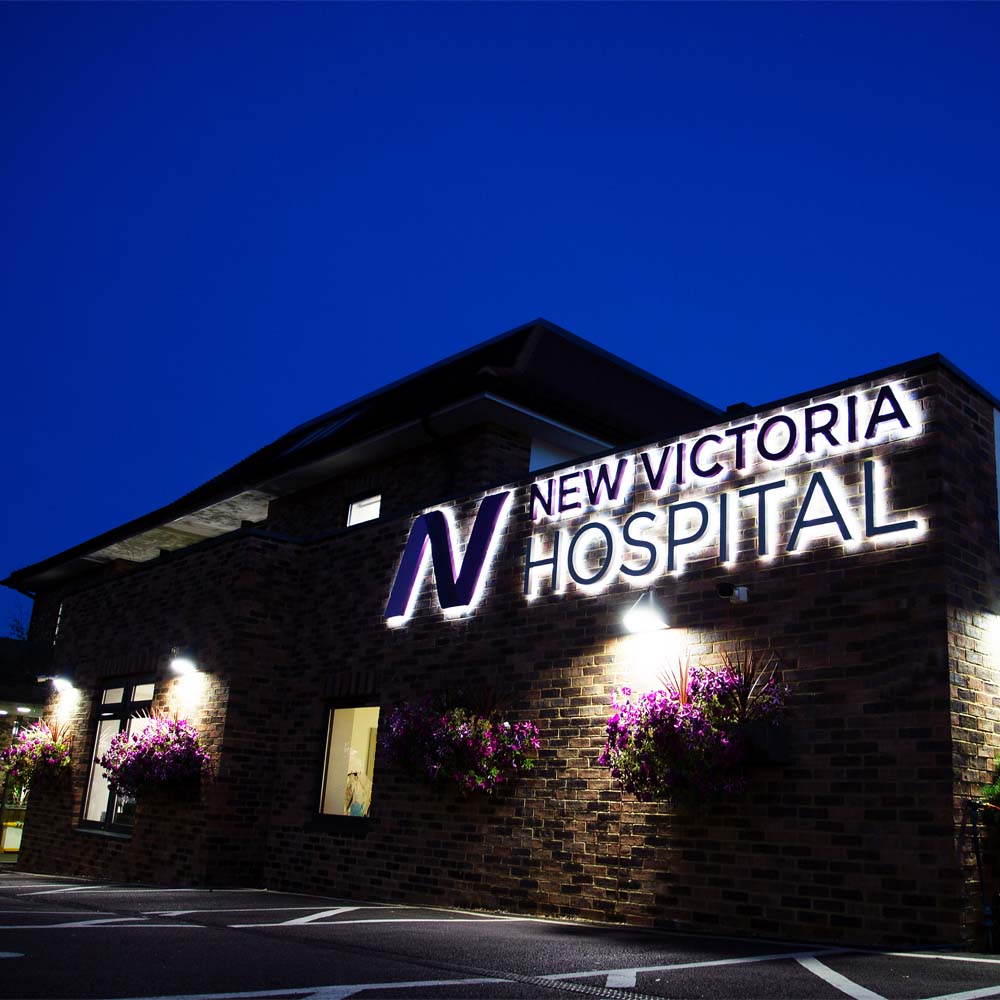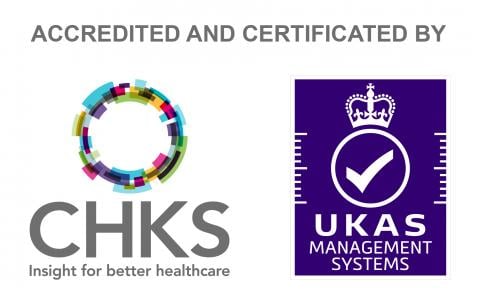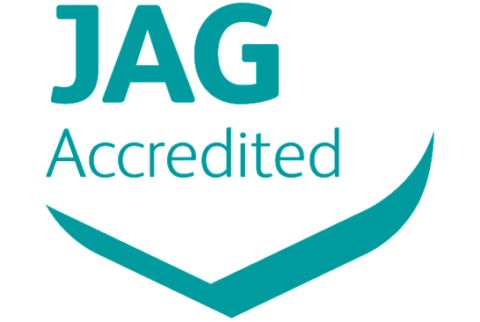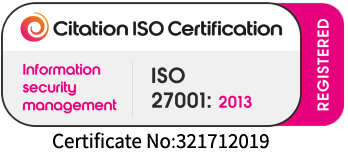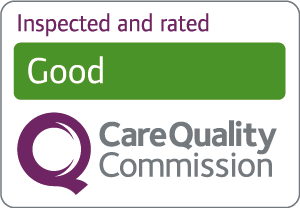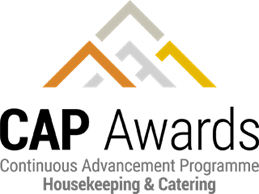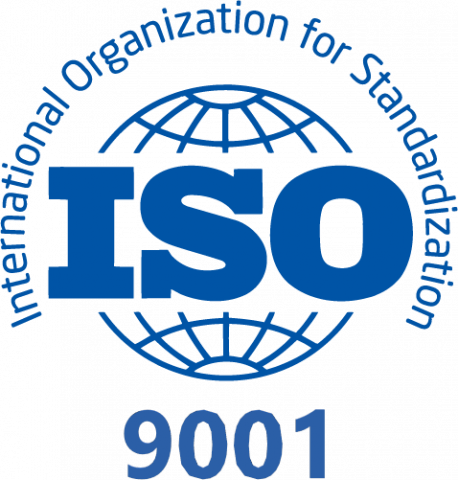Shoulder arthroscopy is a type of surgery to examine or repair the tissues inside or around the shoulder joint. The procedure uses a small camera, called an arthroscope which is inserted through a small incision. If your surgeon plans to repair the joint, small surgical instruments are also used.
A small incision is made, about one-quarter inch (0.25") long, near the shoulder joint. and a small camera is then inserted into the joint. The camera is attached to a video monitor to allow your surgeon to see inside the joint.
Unlike knee arthroscopy, shoulder arthroscopy patients have a general anaesthetic and therefore are unable to watch the video monitor. A nerve block may be used to numb the shoulder and arm to help reduce pain after surgery.
Saline is pumped into the shoulder to expand the joint. which helps the surgeon see the joint and helps control any bleeding.
Your surgeon at New Victoria Hospital will look around the entire joint to evaluate the cartilage, tendons, and ligaments of the shoulder. If damaged tissues need to be repaired, one to three additional small incisions will be made to insert other instruments. These may include a blunt hook to pull on tissues, a shaver to remove damaged or unwanted tissues, and a burr to remove bone.
In addition to working on the shoulder joint, the surgeon often places the camera in the space above the rotator cuff tendons. (This is called the subacromial space.) The surgeon can evaluate the area above the rotator cuff, clean out inflamed or damaged tissue, remove a bone spur, and fix a rotator cuff tear.
Following shoulder arthroscopy surgery, the fluid is drained from the shoulder, the small incisions are closed and a dressing is applied.
Shoulder Arthroscopy may be recommended for further shoulder problems, such as:
- A torn or damaged cartilage ring (labrum) or ligaments (in cases of shoulder instability)
- A torn or damaged biceps tendon
- A torn rotator cuff
- A bone spur or inflammation around the rotator cuff
- Stiffness of the shoulder
- Inflammation or damaged lining of the joint
- Arthritis of the end of the clavicle (acromioclavicular joint)
Consultants and Clinic Times
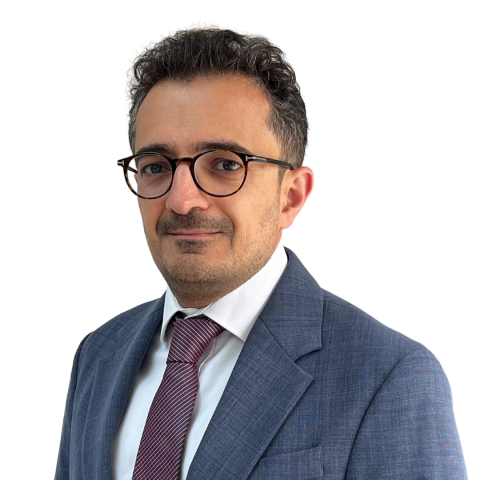
Mr Tony Antonios
Specialities
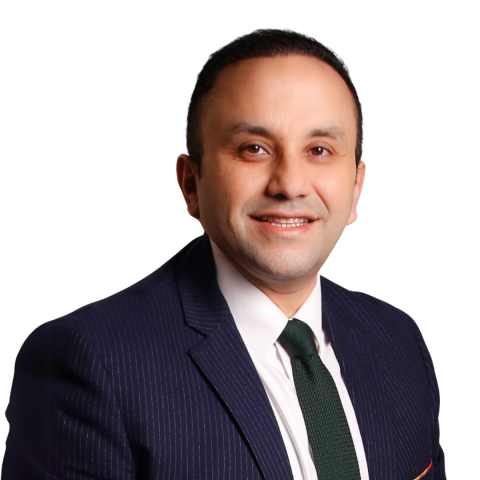
Professor Mo Imam
Specialities

Mr Nashat Siddiqui
Specialities
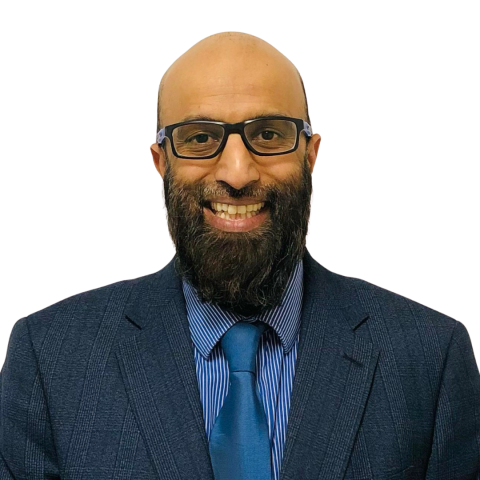
Mr Ziali Sivardeen
Specialities
